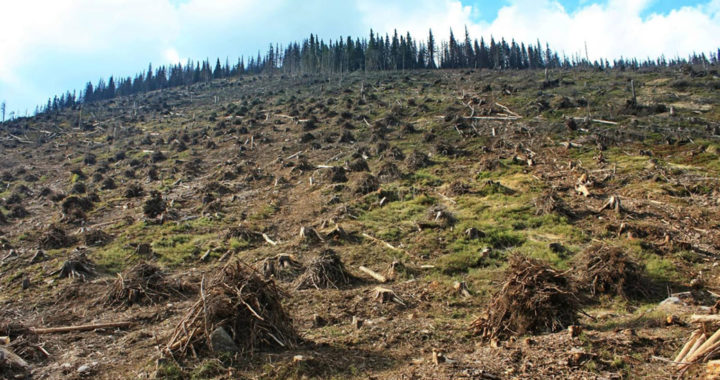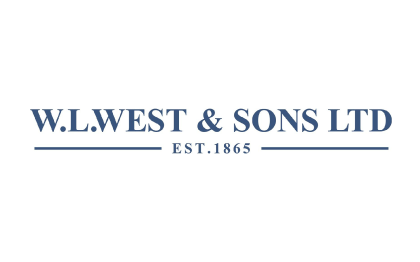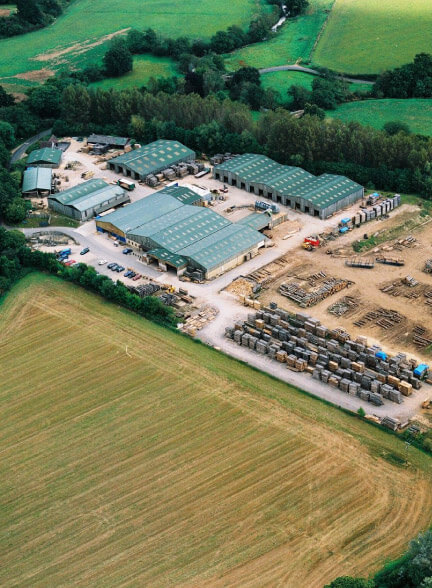What is illegal logging?
Illegal logging is the harvesting, processing, transporting, buying or selling of timber in contravention of national and international laws.
It has a devastating impact on some of the world’s most valuable remaining forests, and on the people who live in them and rely on the resources that forests provide.
What are the impacts?
The environmental effects of illegal logging include deforestation, the loss of biodiversity and the emission of greenhouse gases. Illegal logging has contributed to conflicts with indigenous and local populations, violence, human rights abuses, corruption, funding of armed conflicts and the worsening of poverty.
Illegal logging undermines the legitimacy of the forest sector and hinders the efforts of governments to implement sustainable forest management.
How big is the problem?
It is difficult to assess the extent of illegal logging. The World Bank estimates that governments worldwide lose between US$ 10 billion and 15 billion each year as a result of illegal logging – money that could be spent improving the lives of their people.
By buying timber and timber products with ‘no questions asked’, consumer countries in the EU and beyond have unknowingly given financial incentives to those committing forest crimes and have undermined efforts to enforce the law in some of the world’s poorest timber-producing countries.
How do we tackle it?
Consumer and producer countries have a shared responsibility to combat illegal logging, by addressing both the supply and demand for illegal timber.
The 1998–2002 G8 Action Programme on Forests highlighted illegal logging as one of five issues affecting the world’s forests. Since then, several initiatives to address the problem have been introduced by governments and the private sector.
In 2003, the EU developed the FLEGT (Forest Law Enforcement, Governance and Trade) Action Plan which provides a number of measures to exclude illegal timber from markets, improve the supply of legal timber and increase the demand for wood products from legal sources.
The two main elements of the action plan are the EU Timber Regulation, and Voluntary Partnership Agreements (VPAs). VPAs are trade agreements with timber exporting countries that help to prevent illegal timber from being placed on the European market.
Under the EU Timber Regulation (EUTR), wood carrying a FLEGT licence, or a CITES (Convention on International Trade in Endangered Species of Wild Fauna and Flora) permit, is considered to comply with the EUTR.
What does the law say?
Under the new EU Timber Regulation (EUTR – Regulation (EU) No 995/2010), placing illegally harvested timber and products derived from such timber on the EU market is prohibited. The EUTR applies to wood and wood products being placed for the first time on the EU market. It counters the trade in illegally harvested timber and timber products by imposing three key obligations:
- Placing illegally harvested timber and products derived from such timber on the EU market for the first time, is prohibited.
- EU operators – those who place timber products on the EU market for the first time – are required to exercise ‘due diligence’.
- Traders – those who buy or sell timber and timber products already on the market – are required to keep information about their suppliers and customers to make timber easily traceable.
Who is affected?
The Regulation divides those who deal in timber and timber products into two categories: operators and traders. Operators – those who first place timber products on the EU market – carry the bulk of the responsibility, while traders – those who buy or sell timber or timber products already on the market – are required only to keep track of who they buy from and sell to.
How can your business implement the Regulation? More on ‘due diligence’
How should your business prepare to comply with the EUTR? Once you have established whether you are an operator or a trader, you take clear steps.
If you are a trader then you simply need to keep information on the business that you buy timber products from and those you sell to.
If you are an operator you have more responsibility. You must exercise due diligence to make sure timber in your products has been legally harvested.
You must use a due diligence system containing the following elements:
Information: You must have access to the following information on their timber:
- description (including the trade name, type of product and common name/full scientific name of species);
- country of harvest (and, if applicable, region of harvest, as well as the concession of harvest – i.e. any arrangement conferring the right to harvest timber in a defined area);
- quantity (expressed in volume, weight or number of units);
- name and address of the supplier to the operator;
- name and address of the buyer (trader) who purchases the timber;
- documents or other information indicating compliance of the timber and timber products with the applicable legislation. For some concrete examples of what counts as ‘documents or other information’, please see section 4 of the Guidance Document.
Risk assessment: You must analyse and evaluate the risk that the timber you are dealing in is illegally harvested. When making this assessment, investigate the wood you are dealing in using the following criteria:
- assurance of compliance with applicable legislation, which may include certification or other third-party-verified schemes which cover compliance with applicable legislation;
- prevalence of illegal harvesting of specific tree species;
- prevalence of illegal harvesting or practices in the country of harvest and/or sub-national region where the timber was harvested, including consideration of the prevalence of armed conflict;
- sanctions imposed by the UN Security Council or the Council of the European Union on timber imports or exports;
- complexity of the supply chain of timber and timber products.
- Risk mitigation: If you are not satisfied that the risk of placing illegally harvested timber on the market is negligible, you must take action by implementing risk mitigation measures. These may include:
- requiring additional information from your suppliers;
- requiring additional documents from your suppliers;
- requiring third party verification, etc.












